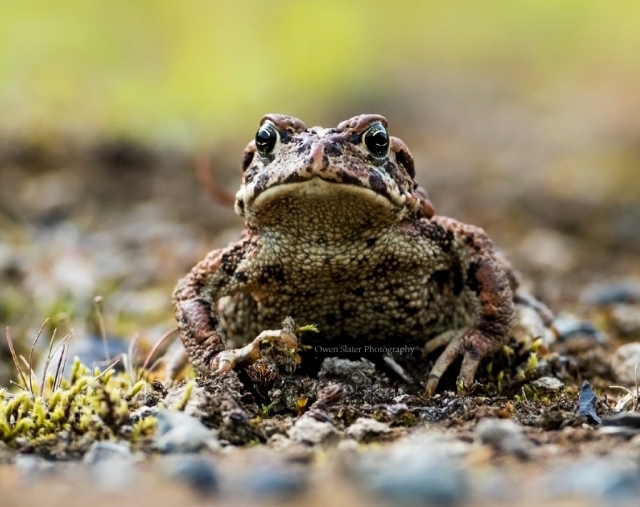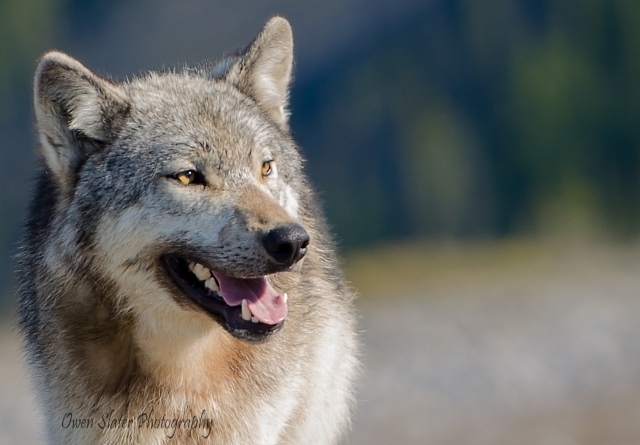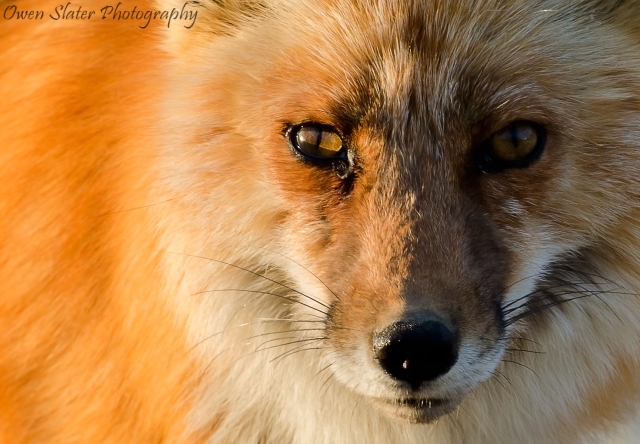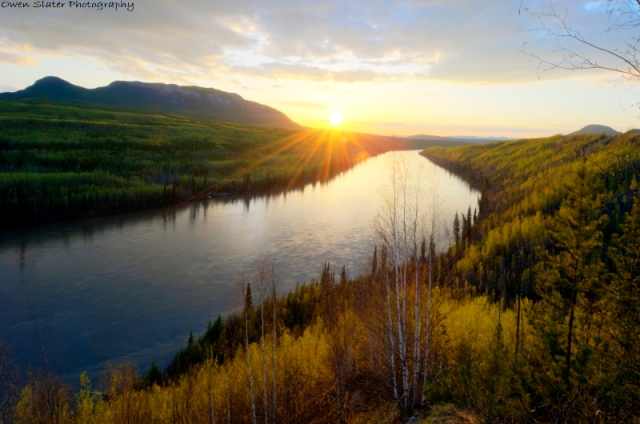
If I told you that for the past few years mountain caribou have been captured by nets, sedated and loaded into helicopters and then flown to either awaiting transport trailers or large enclosures on the sides of mountains you would likely think I’m pulling your leg. I wish I was, but for the past several years dedicated teams composed of First Nations personnel, wildlife biologists, fellow veterinarians, and countless others have being doing just that in order to try to conserve some of the most critically endangered caribou herds in British Columbia.
Past and current caribou conservation measures in the province include everything from limiting human access to caribou habitat, predator management and caribou translocations. Talks continue to occur to establish a captive breeding program so that there is a source population for dwindling herds, but while those plans are still in the preliminary stages other intensive caribou conservation initiatives are being implemented. The most recent includes what is termed ‘maternal penning’ of caribou.
Maternal penning involves taking wild, pregnant caribou and placing them in large enclosures in their native habitat for about 3 months. During this time they are protected from predators, given lots of lichen and other high quality caribou food and provided with a safe place to give birth to their calves. Disturbances from people are kept to an absolute minimum so caribou are not conditioned to human presence. The calves are born in May-June and kept in the enclosure for the next 1-2 months until they are strong enough to easily keep up with the herd and to be able to outrun predators like wolves and bears. At this point the mothers and calves are released back into their natural habitat and monitored to track calf survival. Previous application of this technique in the Yukon showed promising results and so the technique was adapted for use in the mountainous areas of British Columbia.
A few months ago maternal penning projects were undertaken for two declining herds in BC. One was in Revelstoke and another near Chetwynd. The later is a unique initiative spearheaded by the West Moberly First Nations in partnership with biologists and the provincial government. The West Moberly first nations have suspended their treaty right to hunt caribou for the past several decades and have recently used this treaty right to drive the process of caribou recovery in their native lands. They created their own caribou recovery plan that met the requirements of the Species at Risk Act, which in turn has led to the maternal penning project that was implemented earlier this spring.
It is too early to say whether all of these efforts will pay off, and some may argue that the resources put into mountain caribou conservation would be better spent elsewhere. In my opinion caribou are just a symptom of much bigger problems that will need to be addressed sooner rather than later. While governments decide on what to do to combat climate change as a result of habitat destruction and pollution, those of us on the front lines will continue to try to treat the symptoms until the bigger issues are finally addressed.
If you’re interested in learning more about mountain caribou click on the below links for additional details.

Mountain caribou herds facing extinction
Alberta government sells off caribou habitat to industry
US government downgrades mountain caribou federal status despite continued declines
Revelstoke caribou rearing in the wild
Captive breeding of mountain caribou


















